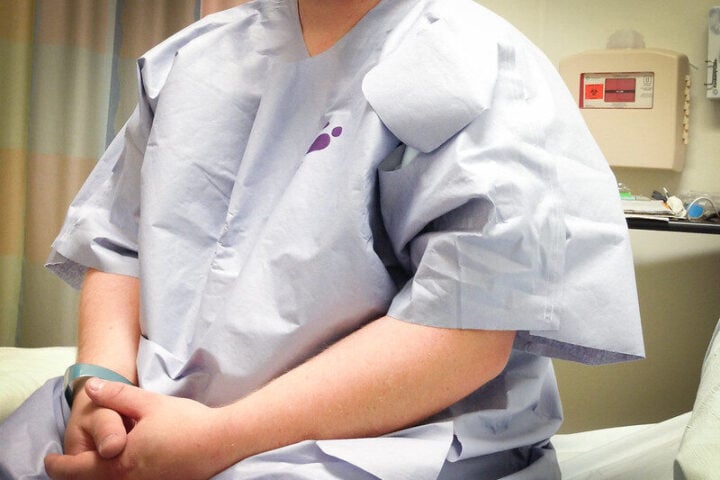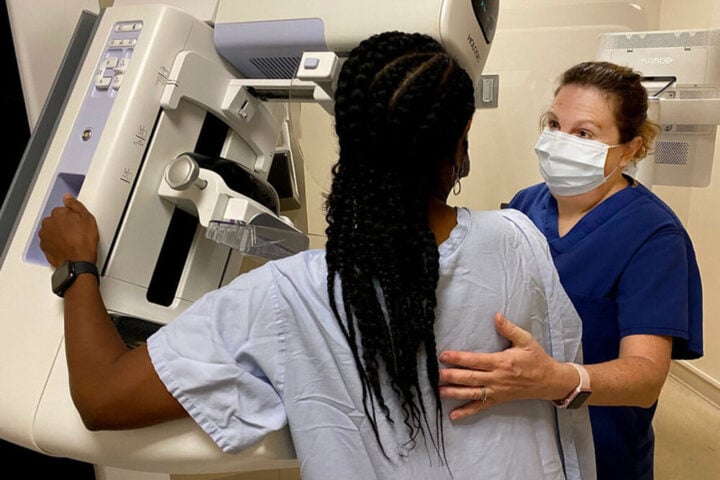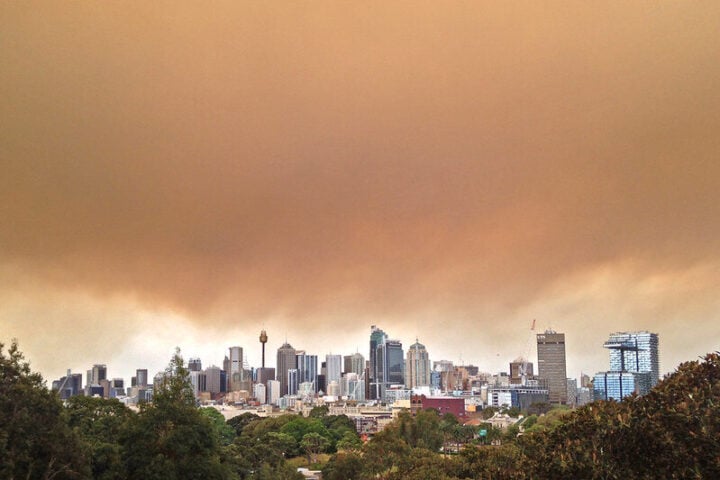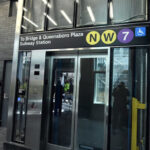The Metropolitan Transportation Authority (MTA) has finalized plans for the long-awaited Queens bus network redesign, set to roll out in two phases this summer. The massive overhaul will transform how approximately 800,000 daily riders travel throughout the borough, with implementation beginning June 29, 2025.
After five years of planning and community feedback, the redesign aims to modernize a system where some routes were based on 50-year-old trolley car stops. MTA Chair Janno Lieber emphasized the focus on speed improvements: “800,000 Queens residents depend on our buses every day, and we owe it to them to find new ways to speed service.”
Two-Phase Implementation Plan
The redesign will unfold in two stages:
Phase One (June 29, 2025):
- 16 new routes will launch
- 67 existing routes will change
- 5 routes will be discontinued
Phase Two (August 31, 2025):
- 1 new route will launch
- 37 existing routes will change
- 1 route will be discontinued
When completed, Queens will have 124 bus routes (up from the current 113), including 94 local routes and 30 express routes.
Key Changes Coming to Queens Buses
The redesign introduces several significant improvements:
New “Rush” Routes: 25 new routes designed to provide faster connections between outer borough neighborhoods and subway stations, particularly during peak hours. These routes will feature local stops at one end and limited or non-stop sections for quicker travel to transit hubs.
Increased Service: The MTA is investing $34 million annually to boost service, with increased frequency on 20 routes and expanded hours on 8 routes.
Bus Stop Changes: To improve speed and reliability, some stops will be eliminated. The average distance between local bus stops will increase from approximately 950 feet to 1,300 feet. MTA states 84% of riders will keep their current bus stops.
Better Connections: The redesign focuses on improving connections between buses, subway lines, and the Long Island Rail Road to create a more seamless travel experience.
Mixed Reactions from Riders
Transit advocates have praised aspects of the redesign, particularly the new “Rush” routes. Brian Fritsch, associate director of the Permanent Citizens Advisory Committee to the MTA, noted: “Riders across Queens, the most bus-dependent county in the country, will benefit from a network redesign that will make buses faster, safer, more reliable, and more frequent.”
However, some riders have expressed concerns. At a recent public meeting, bus rider David Kupferberg said: “To the MTA: Don’t shove the Queens Bus Network Redesign proposed final plan addendum down our throats. These are nothing but glorified service cuts.”
Lieber acknowledged the challenge of pleasing all 2.4 million Queens residents but emphasized the “enormous” public input considered for the final redesign. “I think that this is going to improve things for faster and more reliable service. Let’s all give it a chance,” he said, adding that the agency will look for opportunities to adjust the redesign over time.
Similar Posts
What Riders Should Do Now
Queens Borough President Donovan Richards Jr. encouraged residents to “get informed on potential changes to your most frequently used routes.”
The MTA has created several tools to help riders prepare:
- A new route look-up tool at mta.info/queensbus allows users to select any bus route and see when it will change
- The interactive “Remix” map shows how routes will change in the new network
- A future trip planner enables riders to enter start and end locations to see options with the fully implemented changes
NYC Transit President Demetrius Crichlow urged riders to use these online resources: “You can actually look at our website and see how your route has changed and how you should be adjusting your commute.”

The MTA will continue installing new bus stop signage throughout Queens this spring to alert commuters to upcoming changes. As implementation dates approach, the agency plans to increase outreach through community board presentations, pop-up events, and a Customer Ambassador Program.
This redesign follows similar overhauls in Staten Island and the Bronx, with Brooklyn next in line for changes.
Frequently Asked Questions
The Queens bus network redesign will roll out in two phases: The first phase begins on Sunday, June 29, 2025, and the second phase launches on Sunday, August 31, 2025. The first phase will introduce 16 new routes, change 67 existing routes, and discontinue 5 routes.
Rush routes are a key innovation in the redesign, specifically designed to provide faster connections between outer Queens neighborhoods and subway stations or transit hubs. These routes offer local stops at one end and limited stops or non-stop sections at the other end, allowing for quicker travel during peak hours. The MTA is introducing 25 Rush routes to help reduce commute times, especially for residents in areas with limited subway access.
The MTA states that 84% of riders will keep their current bus stops. However, some stops will be eliminated to improve bus speeds and reliability. The redesign aims to increase the average distance between local bus stops from approximately 950 feet to 1,300 feet. To check if your specific bus stop will be affected, visit the MTA’s interactive tools at mta.info/queensbus where you can see detailed information about route and stop changes.
The MTA has created several online tools to help riders understand the changes:
– Use the new route look-up tool at mta.info/queensbus to select your bus route from a drop-down menu and see specific information about when and how it will change
– Try the interactive “Remix” map that shows how routes will change across the network
– Access the future trip planner to enter your start and end locations to see your options with the fully implemented changes
The MTA is also installing new signage at bus stops with QR codes linking to more information.
Yes, the MTA is investing $34 million annually to increase service as part of the redesign. This includes increased frequency on 20 routes and expanded hours of operation on 8 routes. The goal is to provide more convenient service during both peak and off-peak times, including evenings and weekends, to better accommodate changing travel patterns across Queens.
MTA Chair Janno Lieber has stated that the agency will “look for opportunities to tweak the redesign over time.” While the MTA emphasizes that the plan has incorporated “enormous” public input during its five-year development, they acknowledge that adjustments may be needed after implementation. The MTA plans to monitor the performance of the new network and collect rider feedback, which could lead to future modifications to address specific neighborhood concerns.
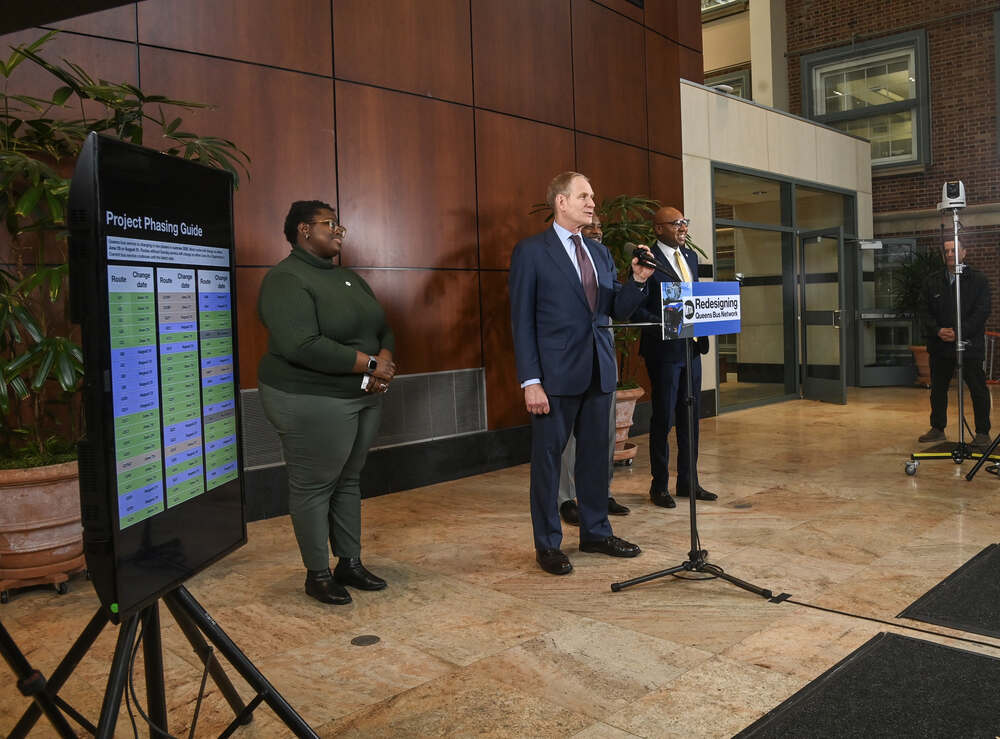

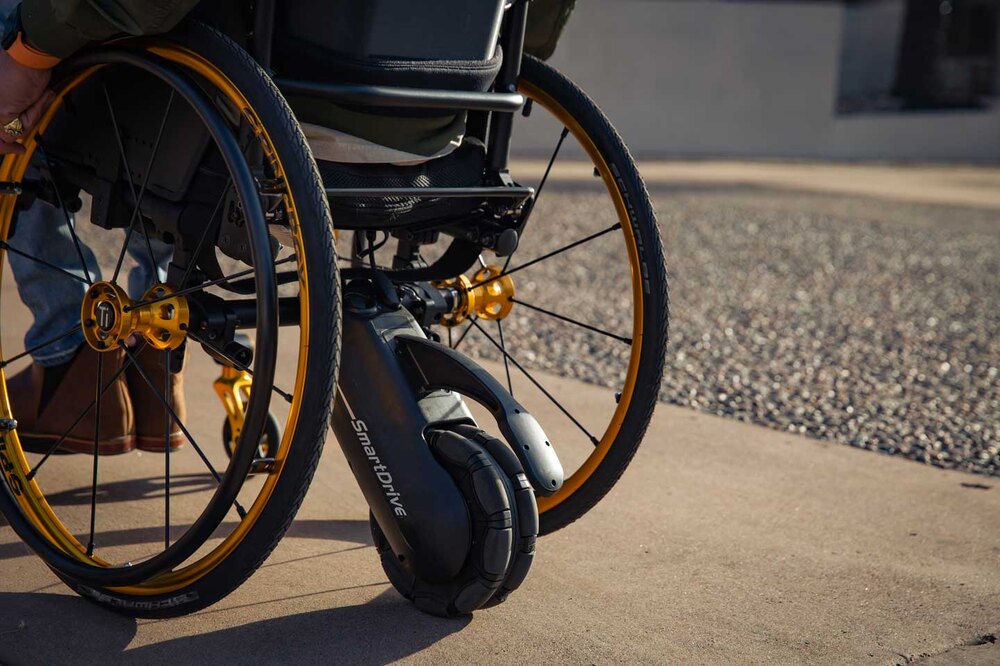

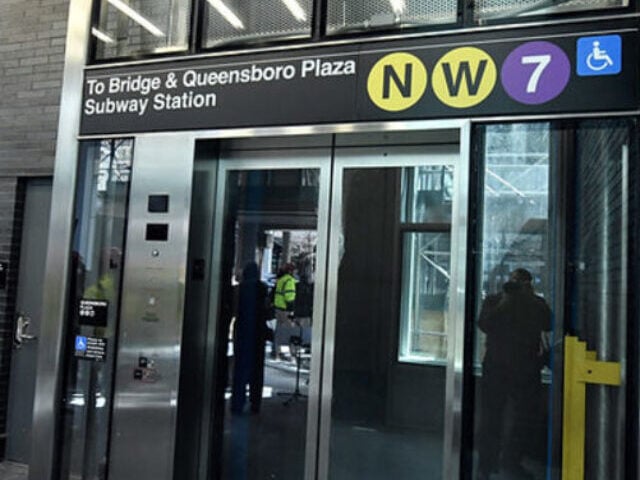

![Representative Image: European Starling [49/366]. Photo Source: Tim Sackton (CC BY-SA 2.0)](https://www.karmactive.com/wp-content/uploads/2025/04/Starlings-Drop-82-in-UK-Gardens-as-Birdwatch-2025-Reveals-Record-Low-Count-Since-1979-720x480.jpg)
